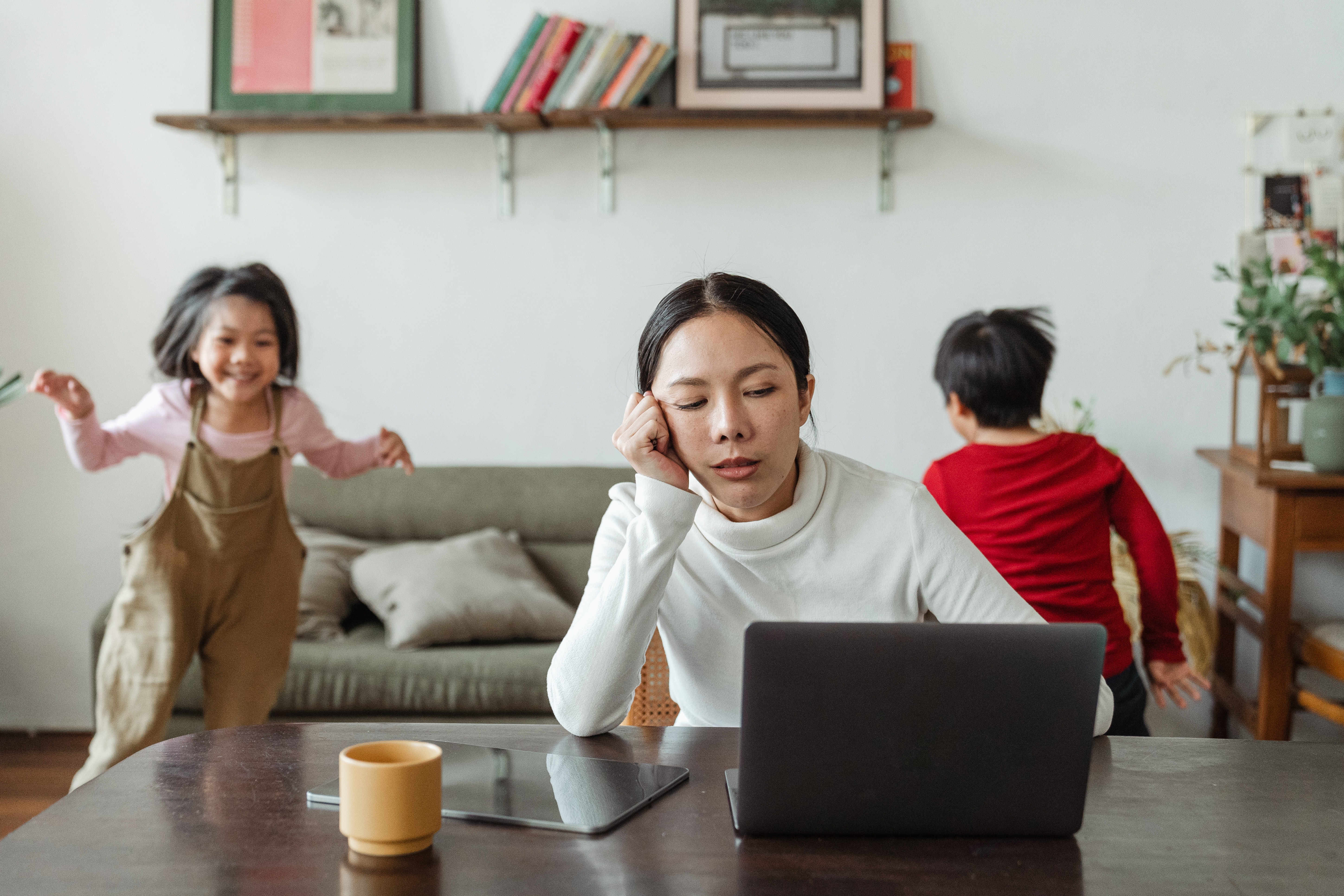I’m going to be honest; I have two small children and not enough time in the day. I’m used to dealing with stressful situations in my personal and business life, and I know how to handle stress and uncertainty. Or so I thought.
It goes without saying, COVID-19 has amplified stress levels across the board. Whether it’s my clients or people I talk to at the shops, every single household is learning to live in a cloud of uncertainty, impacted by changes in circumstances and imposed social restrictions.
Australian mental health charity Beyond Blue reports that 3 million Australians are currently living with anxiety or depression. And a recent study published by the Medical Journal of Australia showed mental health problems were at least twice as widespread now than during non-pandemic circumstances2.
And this is likely the tip of the iceberg.
With COVID-19 induced uncertainty compounding existing issues and provoking a vicious cycle of anxiety, I’ve spent extra time with my clients exploring their past experiences and unravelling their stressors. This has helped me too, as I remind myself, we are not the patterns of our past. We can create a more positive future.
But how do we tangibly manage our stress and anxiety levels, at a time when the future is so uncertain?
Here are three tools or coping strategies that I share with my clients and use myself to bring about calm and regain some composure when feeling on the edge:
Become aware
As soon as you start to feel anxious or uneasy, call it out for what it is. Openly challenge each symptom you are experiencing. In Neuro-linguistic programming (NLP) this is also known as a ‘pattern interrupt’. The more awareness you have, the more laser focus you direct at the feeling – the more distance you can put between you and the symptoms, so the intensity fades into nothing.
Get present
Shift your focus out of your head and focus on the real world. This ‘3-2-1 method’ helps to explore what is right here, right now:
- Look for 3 specific things you can see around you. Examine every minute detail closely
- Listen out for 2 distinct sounds you can hear. Try and break down the tones and pay attention to the reverberations and direction
- Feel 1 thing with your hands or your body. Hold something in your hands or feel the chair beneath you.
Repeat as necessary and change up what you see/hear/feel each time.
Get it out.
As the anxious thoughts and worries pop into your head, write down a quick note on a piece of paper or on your phone, then continue with your day.
There will always be time to think about it later, so feel free to put it out of your head at that moment in time.
If you do review what was written, set a dedicated time limit for the exercise. You might be surprised as they will read differently, and you might even view them with an open mind and a broader more gentle perspective.
There’s no shortage of methods or tools to help you improve your mental health, but the important thing is that you put them into practise and start weaving them into your everyday life. Even more so during a global pandemic.
Talk things through with a friend or someone you trust. Incorporate mindfulness techniques at the beginning and end of the day, and remember to exercise regularly and practice self-care.
If you still feel like you’re not coping, it’s important to seek professional advice from your GP or trained professional.
These times are stressful times for everyone. Show kindness and compassion to yourself first as well as to those around you.


